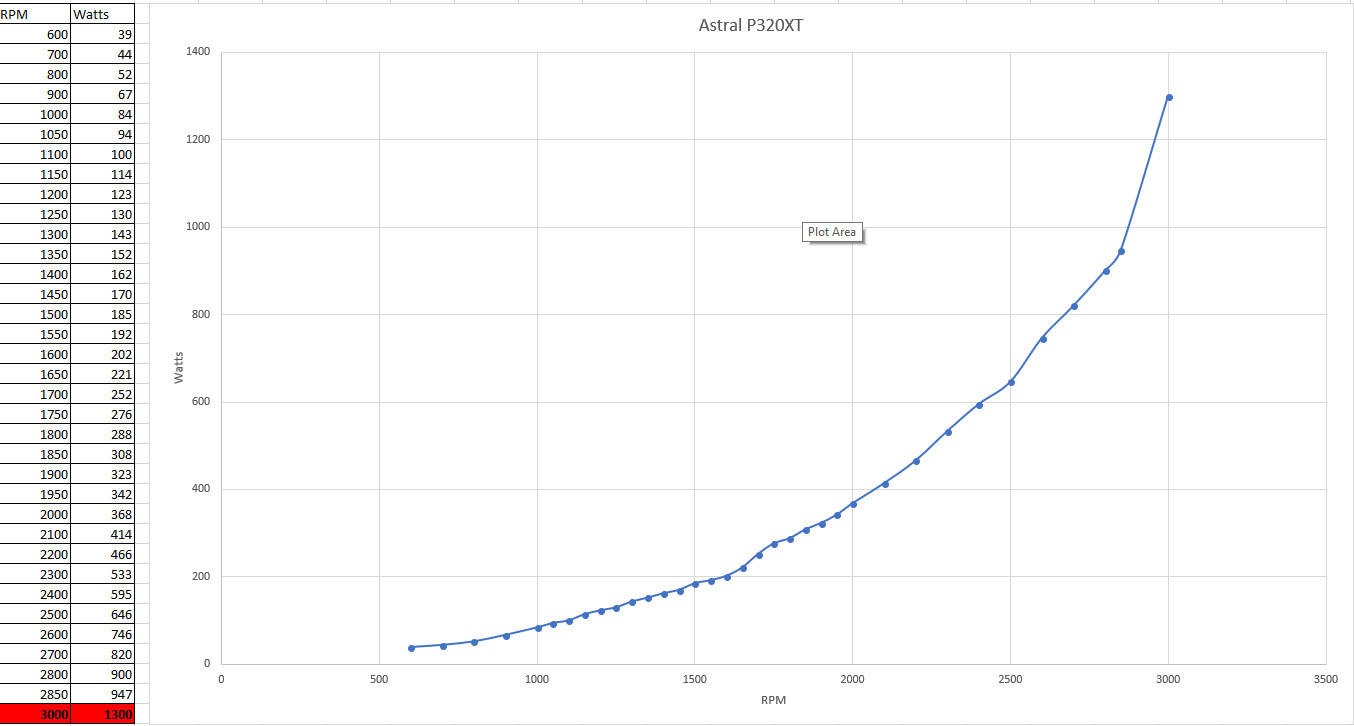Here's the link Kim mentioned:
Pool School - Add DE to a Sand Filter
I bought mine from directpoolsupplies.com.au. I had to buy a 10 lb box that should last me a lifetime, 1 cup at a time!
Cloudiness might be just from the construction, in which case I'd run the pump on low speed, or at most medium speed, 24/7. The sand will gradually catch the finer stuff and get better and better at filtering as it gets a bit dirty. Adding DE is sort of like making it a bit dirty instantly, plus it is even better because DE is jagged (if you look at it under a microscope) and catches lots of fine stuff. I would not backwash until the dirty pressure exceeds 125% of the clean pressure.
The fabric filter bag in your robot is also great at catching fine dust. I'd take it out and rinse it off, then throw it in the washer to fully rinse it out (just soap and cold water, no dryer or hanging it). When it goes back in, your robot will push more water through the filter bag, catching more dust.
I personally believe you have an algae bloom that is being kept down to a dull roar by the chlorine, and the cloudiness is dead algae 'carcasses' which appear as white or very pale brown dust because the algae cell walls are bleached white. My evidence is firstly the difficulties getting an adequate FC level early on, and then the failed OCLT. It also seems to be taking a bit long for your filter and robot to clear the water. I'm a bit concerned without another OCLT and your now warmer water. The algae growth rate rises with rising water temperature, so if it's there, it's going to grow faster.The presence of algae can be ruled in or out with an OCLT test.
I agree that doing a SLAM on new plaster can cause trouble. The main risk is that the initial charge of chlorine pushes the pH too high which increases the risk of metals coming out of solution and staining the plaster. You have two levels of defense against this. One is starting at a pH of 7.2, and the second is the metal sequestrant the PB added, which attaches to metal atoms, keeping them from combining with other things that can allow stains to form. There is no risk from the chlorinating liquid itself, because the chlorine is mostly held in an inactive form by the CYA.
That said, there's no panic. As long as you can see the bottom, you have 5 or more ppm FC, and ph is anywhere from 7.2 to 7.8, swimming is entirely safe.
The person who reckons pH is great around 8.5 probably has their pH around 7.8 or 8.0 and is using an uncalibrated pH pen or maybe test strips. If their pH was that high, they'd probably be getting scale somewhere. They'd also be consuming more daily chlorine, although the effect isn't big in winter. Eye or skin discomfort varies by individual, and might be a concern, but my bet is their pH is actually lower than 8.5.








 THIS is what TFP is all about!!
THIS is what TFP is all about!!